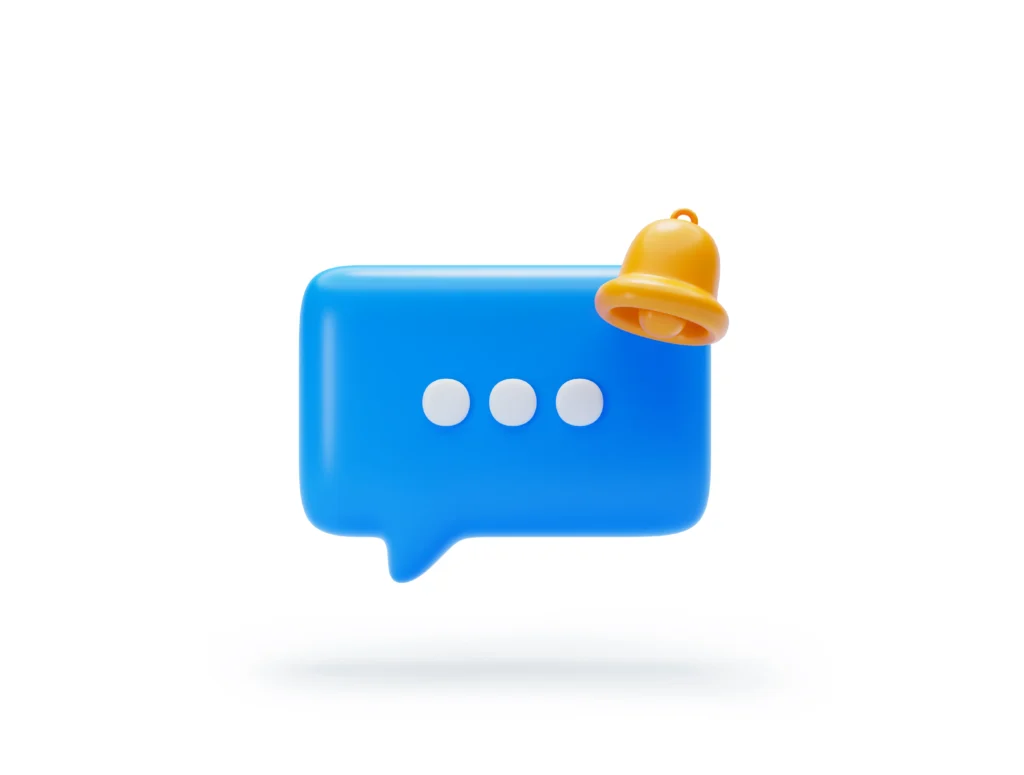In the dynamic realm of mobile app development, push notifications play a pivotal role in engaging users and providing real-time updates. If you’re a Flutter enthusiast seeking to implement push notifications without relying on Firebase, you’ve come to the right place. In this comprehensive guide, we’ll walk you through the process, offering a detailed roadmap to ensure seamless integration and optimal user experience.
Understanding the Landscape
The Importance of Push Notifications: Push notifications serve as an indispensable tool for app developers to communicate directly with users. They enable instant updates, promote user engagement, and contribute significantly to the overall success of a mobile application. However, for those steering clear of Firebase, alternative approaches must be explored.
Flutter as a Framework: Before delving into push notifications, let’s acknowledge Flutter’s prowess as a UI toolkit for crafting natively compiled applications. Flutter empowers developers to build high-performance, visually appealing apps for mobile, web, and desktop—all from a single codebase.
Exploring Push Notification Alternatives
Leveraging OneSignal for Push Notifications: OneSignal emerges as a robust alternative to Firebase for implementing push notifications in Flutter applications. This versatile platform supports multiple channels, offers customization options, and ensures reliable message delivery across various devices.
Step 1: OneSignal Account Setup
Begin by creating a OneSignal account. Navigate to their website, sign up, and follow the straightforward onboarding process. Once registered, you’ll gain access to the OneSignal dashboard—a centralized hub for managing your push notification campaigns.
Step 2: Integrating OneSignal with Flutter
To seamlessly integrate OneSignal with your Flutter project, utilize the onesignal_flutter package. This package streamlines the process, allowing you to effortlessly incorporate push notification functionality into your app. Ensure you follow the provided documentation for a hassle-free integration experience.
Customizing Push Notifications in Flutter: Now that you’ve established the groundwork, let’s explore customization options to tailor push notifications to your app’s unique style and branding.
Styling Push Notifications: Harness the power of Rich Notifications to enhance the visual appeal of your messages. Incorporate images, buttons, and customized layouts to create a distinctive notification experience for users. This not only captures attention but also reinforces your brand identity.
Personalizing Content; Utilize user attributes and tags provided by OneSignal to personalize notification content. Delivering relevant and personalized messages fosters a stronger connection with your user base, increasing the likelihood of user engagement.
Handling Push Notification Payloads
Understanding how to handle push notification payloads is crucial for extracting valuable information and executing app-specific actions.
Decoding Push Notification Data: In a Flutter context, decoding push notification data involves extracting information from the payload. Leverage the flutter_local_notifications package to facilitate this process efficiently. By decoding and processing payloads, you can trigger specific actions within your app based on the received data.
Testing and Troubleshooting
Conducting Thorough Testing: Before deploying your app to the masses, rigorous testing is imperative to ensure a seamless push notification experience across different devices and scenarios. Leverage emulators and physical devices to simulate various scenarios and verify that notifications are displayed correctly.
Troubleshooting Common Issues: Encountering challenges is a natural part of the development process. Familiarize yourself with common issues such as permission-related problems, incorrect payload handling, or device-specific quirks. A proactive approach to troubleshooting ensures a smooth user experience post-launch.
Conclusion
Mastering push notifications in Flutter without Firebase opens up a realm of possibilities for developers seeking flexibility and customization. By embracing alternatives like OneSignal and leveraging Flutter’s capabilities, you can create a tailored notification system that aligns seamlessly with your app’s unique requirements.

